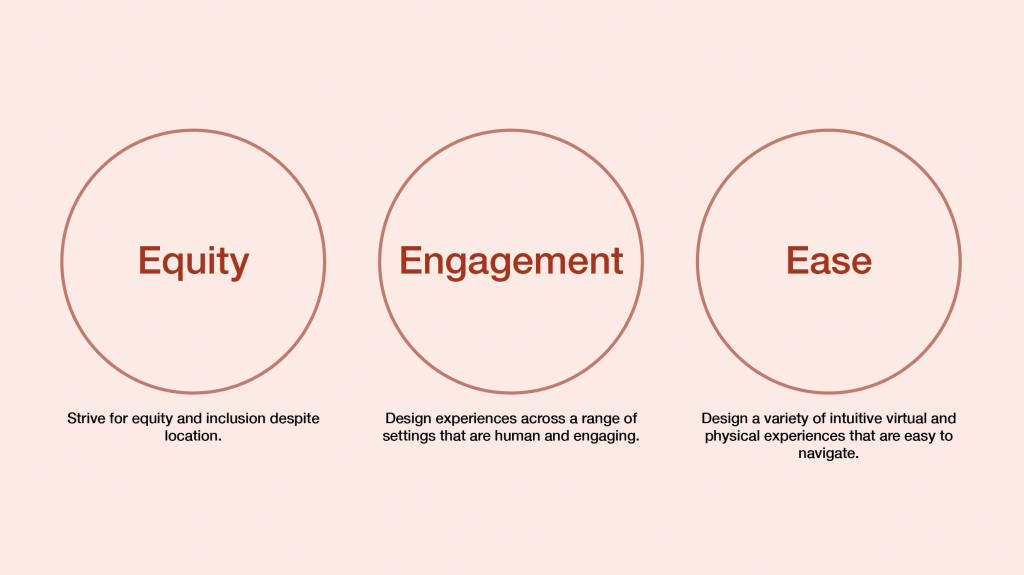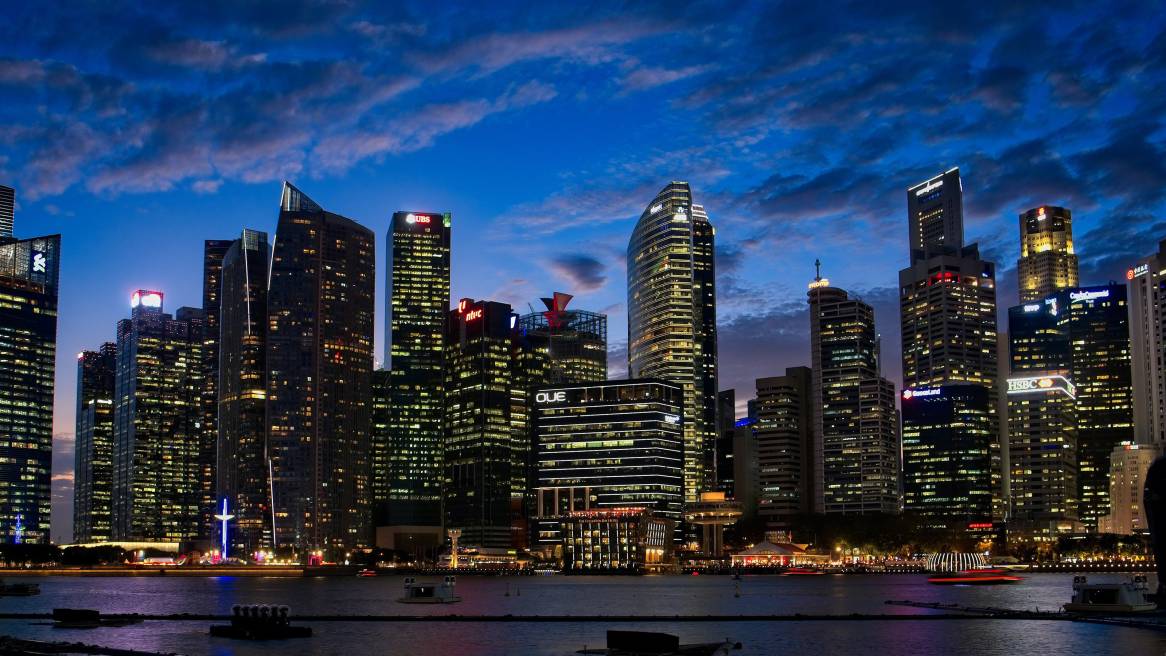Pandemic-proofing: How Cushman & Wakefield redesigned its work style in Asia and beyond
We caught up with Carol Wong, APAC Lead of Total Workplace at Cushman & Wakefield, to learn how the company adjusted its floorplans, safety protocol and work style to meet the needs of staff during and after the pandemic.
Pajama pants. Family time. No commutes. Working from home during the pandemic brought many unexpected benefits to those used to spending their days in the office. But working remotely has its headaches, too.
According to Steelcase’s “Global Report: Changing Expectations and the Future of Work” report, which surveyed 32,000 people in 10 countries, employee dissatisfaction during the pandemic has directly impacted businesses worldwide.
Productivity dropped as much as 19% among workers who were unhappy working from home.
So it’s no surprise many employers are itching to get office spaces open for business again. But how can they ensure the transition is smooth, safe and sustainable?
Preparing for today — and tomorrow.
In Asia, where COVID-19 situations vary widely, global real estate service Cushman & Wakefield has recalibrated how it manages both people and spaces. With safety as the top priority, the company revised its workplace guidelines, redistributed office space, and enhanced technology to enable more flexible, hybrid work styles.
“Space is not one-dimensional — we also have to consider the technology and perspectives that will make an impact on the overall employee and workplace experience,” says Carol Wong, who oversaw office strategies as the APAC Lead of Cushman & Wakefield’s Total Workplace team.
Before the pandemic, she says Cushman & Wakefield had already been moving away from a traditional one-employee, one-desk concept. At the onset of COVID-19, the company created a set of principles called the “6-Feet Office” to help businesses set up their spaces in order to maintain social distancing practices while maintaining an effective work environment.
The concept, which can be easily adapted to suit each market or individual office, calls for a minimum of six feet of physical distance between employees at workstations, during meetings, or simply when walking to the bathroom. As one of the policy’s initiatives, the company implemented a mix of work- from-home and in-person shifts; added signage encouraging staff to walk in a clockwise direction to avoid crowding; and rolled out a “clean desk” policy, requiring employees to sanitize their workspaces every day.
Cushman & Wakefield also developed “The Safe Six”, a workplace readiness guide aimed at reintegrating employees into the workplace as seamlessly and safely as possible. The comprehensive, six-step plan covers everything from building maintenance — cleaning schedules, inspections, and HVAC installations — to employee schedules, health check protocols, visitor policies, touch-free technologies, concern mitigation, clear communication, and more.
The company did not take a one-size-fits-all approach in Asia but instead adjusted the offices across the region based on local nuances, culture and government regulations. In some cases, Cushman & Wakefield reallocated layouts to allow for more social distancing; in others, it introduced hands-free technology, such as QR access codes and infrared temperature checks to reduce the risk of infection. And at the majority of its Asia offices, the company implemented work-from-home measures and caps on in-office employees at some points during the pandemic.
These changes will likely be permanent because “the future is hybrid,” she adds. Indeed, according to Steelcase’s “Future of Work” report, 85% of business leaders in India and 83% in China expect to embrace a hybrid work model. And with 68% of organizations globally planning to experiment with hybrid work, Steelcase explored three key concepts to help employees connect in-office and remotely in its recent, “Hybrid Work is Hard,” feature.

“Our people would like to be given a choice — to work from home or the office. Personally, I will give full flexibility to my team as to where and how they work.”
Workplace trends in the pipeline
The strategies deployed by Cushman & Wakefield reflect global workspace trends towards more collaborative, multi-use spaces and hybrid work models. “Over the last 20 years, we identified that only 60-70% of space in traditional offices is actually utilized,” says Wong, referring to Cushman & Wakefield’s internal research.
Prior to the pandemic, in some regions like the United States and Europe, companies have already adopted activity-based workstations (versatile spaces designed for various tasks), flexible seating arrangements and work-from-home arrangements. In most of Asia, however, adoption has been slower.
Wong agrees, adding that the pandemic has been a catalyst for both Asia-based companies and professionals alike. “Employees are expecting more when they come into the office,” says Wong. “We have found that more workers are looking for collaboration and support.”
According to Cushman & Wakefield’s research and insights, the individual desk space ratio has shifted from 60% to 30% as companies reallocate spaces to allow for more collaboration, knowledge sharing and culture connection. What’s more, people who are given a choice of where and how to work show “significantly higher performance in all of the key areas of experience.”
From the quality of work to connecting with company culture, engagement, better work-life balance — having a choice delivers tangible benefits for both employees and employers.
Based on Cushman & Wakefield’s “Experience per Square Foot” research, “the employee experience and engagement score will increase when employees are given the choice to choose where they work and also having access into the office,” says Wong. “As more companies recognize the importance of equipping managers with the skills to manage both physical and remote teams, the culture of trust and empowerment will be more visible in Asia.”
For access to Steelcase’s latest thinking on the New Era of Hybrid work, click here. And watch Cushman & Wakefield’s latest webinar on the subject, “REIMAGINE – How and where the world will work post COVID-19.”


